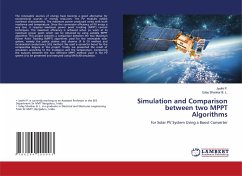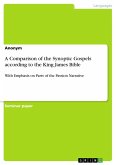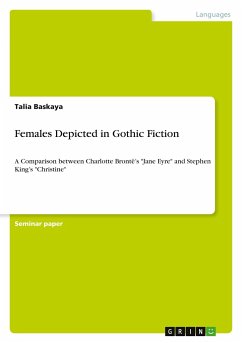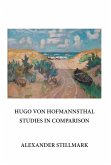The renewable sources of energy have become a good alternative for conventional sources of energy resources. The PV modules exhibit nonlinear characteristics. The maximum power produced varies with both irradiance and temperature. Since the conversion efficiency of PV arrays is very low, it requires maximum power point tracking (MPPT) control techniques. The maximum efficiency is achieved when pv work at its maximum power point which can be obtained by using suitable MPPT algorithm. This project presents a comparison between the two Maximum Power Point Tracking (MPPT) algorithms used for the renewable solar system, namely the police station and observe (P & O) method and incremental conductance (ICs) method. We used a converter boost for the comparative degree in this project. finally, we presented the result of simulation according to the irradiance and the temperature. Comparing the outputs between the two different MPPT method used in the PV system is to be presented and executed using MATLAB simulation.
Bitte wählen Sie Ihr Anliegen aus.
Rechnungen
Retourenschein anfordern
Bestellstatus
Storno








